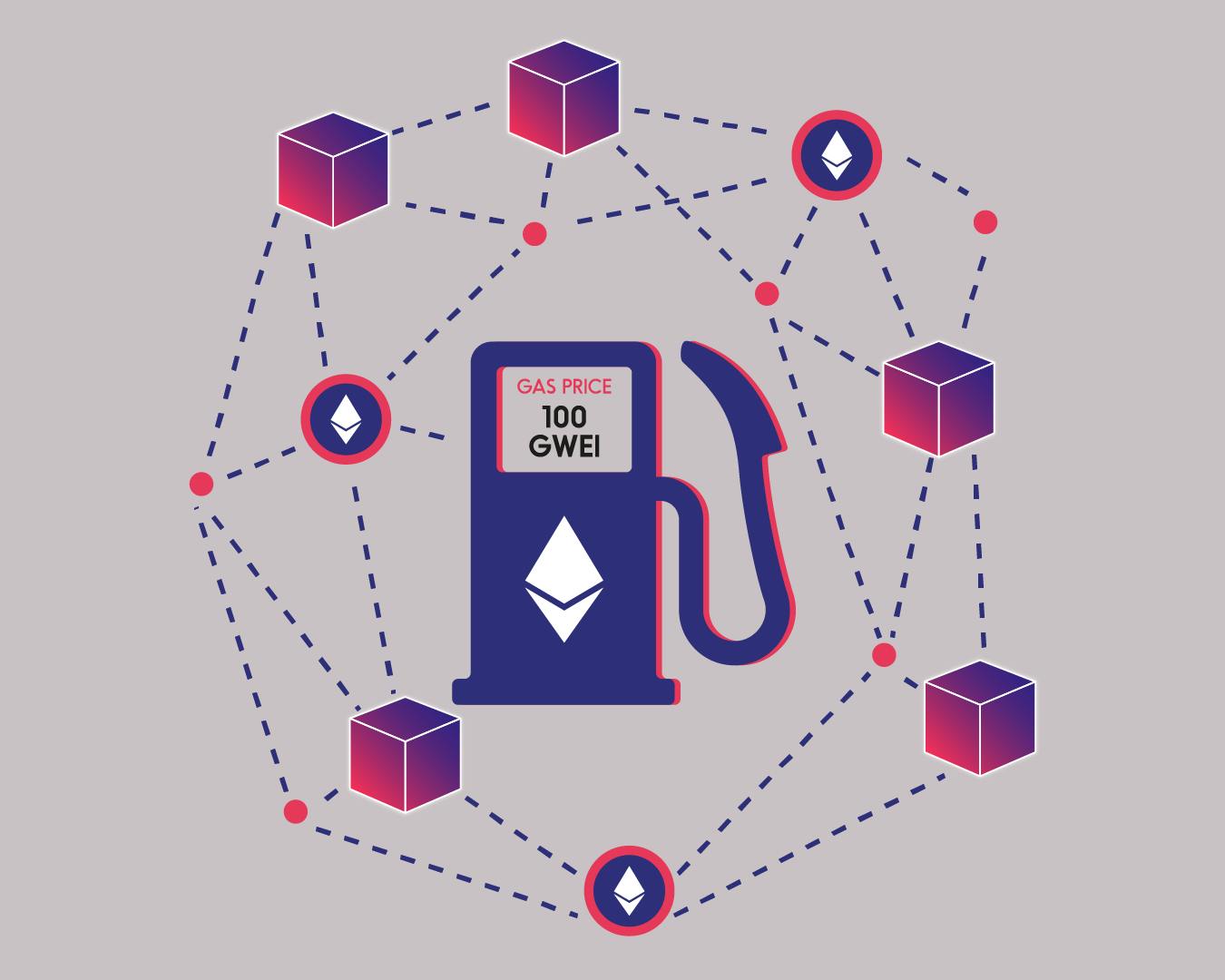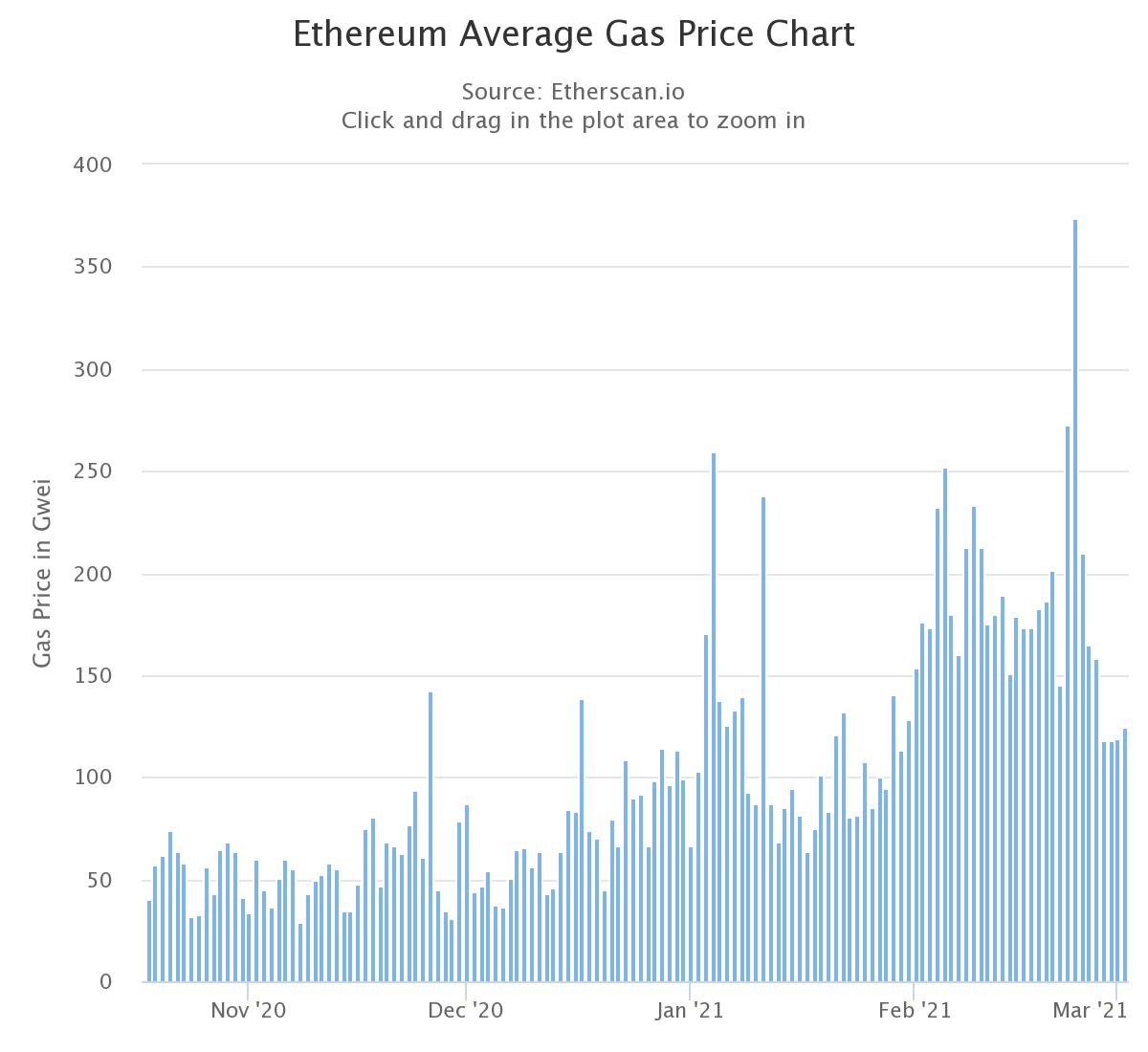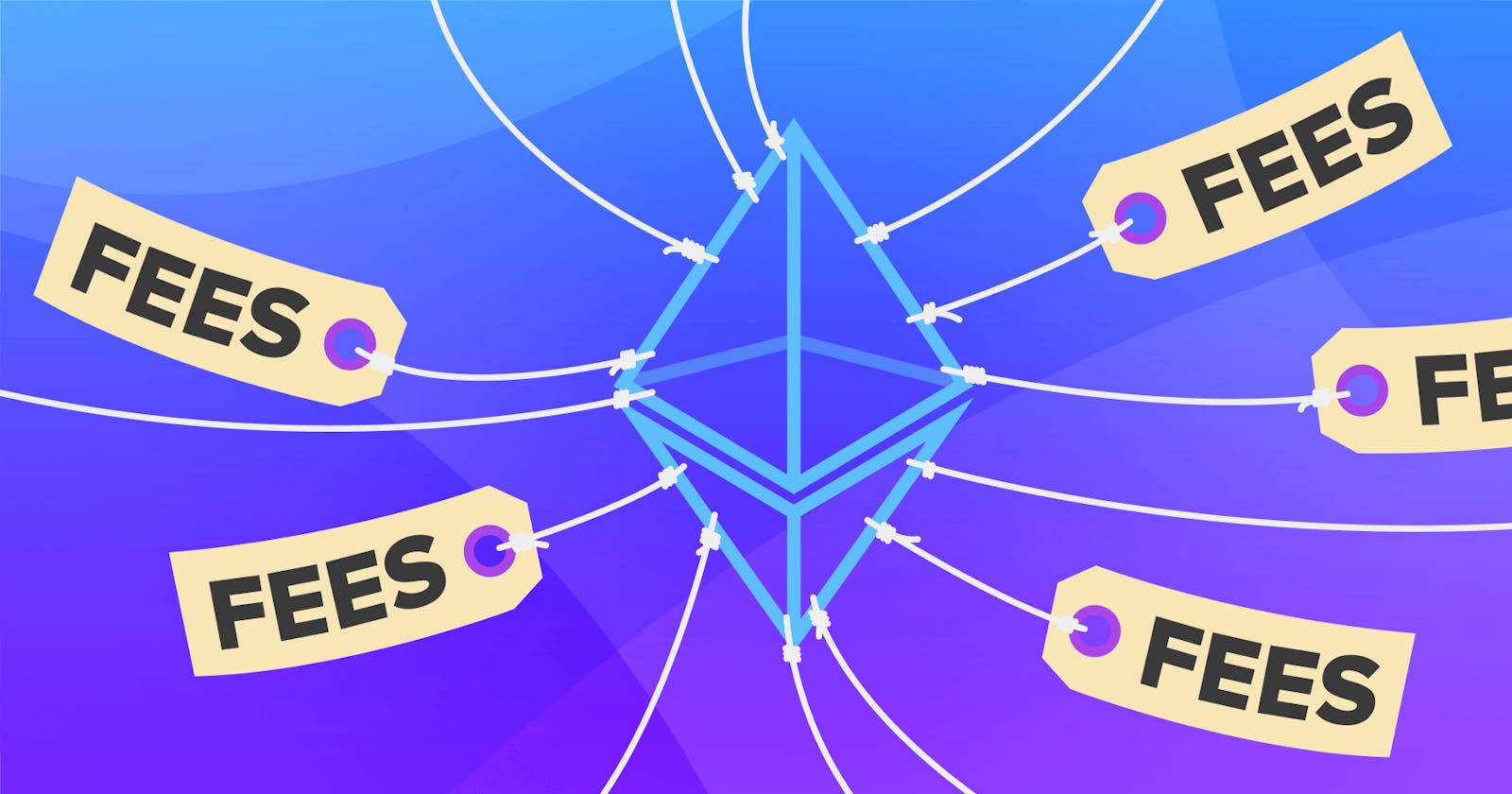Why does Ethereum have such high fees? Does it have "inferior tech"?
Why are gas fees so high and how that's actually a good thing
Everybody who has once used Ethereum mainnet in the last year or two has noticed that transaction fees are quite high; these days a simple ETH transfer can cost more than $10 and back in the bull run mania it would've cost you hundreds or even thousands of dollars for just one transaction. But why is that? Why is Ethereum so poorly scalable? I mean, other layer 1s like Avalanche, Fantom, BNB chain... do the same things Ethereum does but their fees are orders of magnitude lower. How so? Well, first of all let's explain what exactly are gas fees and how they're determined

What is gas?
Gas is the unit in which computational complexity (i.e. how much it costs a computer to execute a certain operation) is measured in the EVM which stands for Ethereum Virtual Machine.
Ethereum in fact, to run its transactions, uses the EVM and so do all the so called EVM-compatible chains (Fantom, BNB chain, Avalanche C-chain, Harmony...).
So the more complex the transaction the more gas is used. But that's not the whole story.
When a user sends a transaction, he has to purchase the gas in order to execute it. And gas is purchased with a chain's native token (ETH in the case of Ethereum), and this is where gas price comes into play.
 When you hear that gas price is 20 gwei, it means that each unit of gas costs 20 gwei (1 gwei is 10^-9 ether or, better said, each ether contains a billion gwei). A simple ETH transfer costs 21,000 gas so at 20 gwei you end up spending 21,000 * 20 = 420,000 gwei or 0.00042 ETH. If gas price doubles, so does your transaction fee, regardless of its complexity.
When you hear that gas price is 20 gwei, it means that each unit of gas costs 20 gwei (1 gwei is 10^-9 ether or, better said, each ether contains a billion gwei). A simple ETH transfer costs 21,000 gas so at 20 gwei you end up spending 21,000 * 20 = 420,000 gwei or 0.00042 ETH. If gas price doubles, so does your transaction fee, regardless of its complexity.
Who sets the gas price?
 Gas price has a market of its own. When more people want to purchase gas (i.e. want to transact on the chain), it gets more expensive since there's a limited supply of it on each block.
Each Ethereum block can spend at most 30 million gas (the average is 15), so when you want to send a transaction you compete with all the other users that want to do so, and who pays more gets their transaction through quicker.
That's it, it's just supply and demand, nothing more. (Actually, with EIP-1559, it's the protocol itself setting a base gas price according to network demand, on top of which user can tip more to get their transaction included faster, but the point stays the same).
Now that you know what gas is and what it represents, we can move on to the core topic:
Gas price has a market of its own. When more people want to purchase gas (i.e. want to transact on the chain), it gets more expensive since there's a limited supply of it on each block.
Each Ethereum block can spend at most 30 million gas (the average is 15), so when you want to send a transaction you compete with all the other users that want to do so, and who pays more gets their transaction through quicker.
That's it, it's just supply and demand, nothing more. (Actually, with EIP-1559, it's the protocol itself setting a base gas price according to network demand, on top of which user can tip more to get their transaction included faster, but the point stays the same).
Now that you know what gas is and what it represents, we can move on to the core topic:
Why is Ethereum gas more expensive then other chains?
It's more expensive for just two easy reasons
- There's less of it available
- People want it badly
Let's break down each point:
Ethereum block space is scarce
As I've said, there's a cap on how much gas can be spent on each Ethereum block. And that is for a specific reason: the more gas used in a block, the more transactions (and more complex ones) the network has to handle, the more resources are required to Ethereum nodes. If requirements to run a node are too high, less and less people will do so and the network centralises.
People want it badly
There's a lot of demand for transacting on Ethereum. It is currently the most decentralised and secure smart-contract blockchain and it also has a huge network effect, so people want to use it and are willing to pay to do so.
Competitors
The other EVM chains have lower fees because of the inverse of the previous statements. Either their blocks allow for more transactions, so they're inevitably more centralised or there's less demand or even both. There are no "technical" reasons, Ethereum is not using worse tech (in fact, most of those chains are just forks of the Ethereum client geth), it's just more popular and cares more about decentralisation.
High gas fees mean the network is healthy
I know it can seem like the contrary is true, like high gas fees mean that the network is always congested, stuck, unusable; but that's just not the case. Ethereum blockspace is saturated, that's true, but it's because there's demand for it and, most importantly, that people are willing to pay a lot for it, they're getting value from transactions.
Fees bring monetary premium to ETH
 The majority of ether spent on gas is burned. That ether is taken away from the circulation forever.
This correlates the value of ETH to usage of the network and it also makes Ethereum more secure: since its migration to PoS is now imminent, a higher price for ETH means a higher price for any external entity that wants to attack the network: that's because in order to attack it, this evil entity would have to acquire 51% of the total ETH staked, hence the more ETH costs, the more economically infeasible this becomes.
The majority of ether spent on gas is burned. That ether is taken away from the circulation forever.
This correlates the value of ETH to usage of the network and it also makes Ethereum more secure: since its migration to PoS is now imminent, a higher price for ETH means a higher price for any external entity that wants to attack the network: that's because in order to attack it, this evil entity would have to acquire 51% of the total ETH staked, hence the more ETH costs, the more economically infeasible this becomes.
But what about user experience?
High fees may be good for all the reasons outlined above, but I'm sure end users don't like paying hundreds of dollars to get their transaction through. Well, they don't have to.
Ethereum base layer (also referred to as mainnet or layer 1) is not, ultimately, for end users. End users will use layer 2 chains like rollups: we already can see a bunch of projects live (Optimism, Arbitrum, zkSync...) which, despite still being in their infancy and not featuring all the security features necessary to be a full decentralized layer 2, give us a taste of what the user experience will be on Ethereum in the future. Sooner or later, Ethereum layer 1 will just be used by layer 2 to settle on. If you want to dive deeper on this last topic, I suggest you go read the Ethereum's rollup centric-roadmap.
Conclusions
So no, Ethereum does not have inferior tech like many would like us to believe, it just prioritises decentralisation of the base layer more than scalability, planning to achieve the latter through layer 2 technology.
